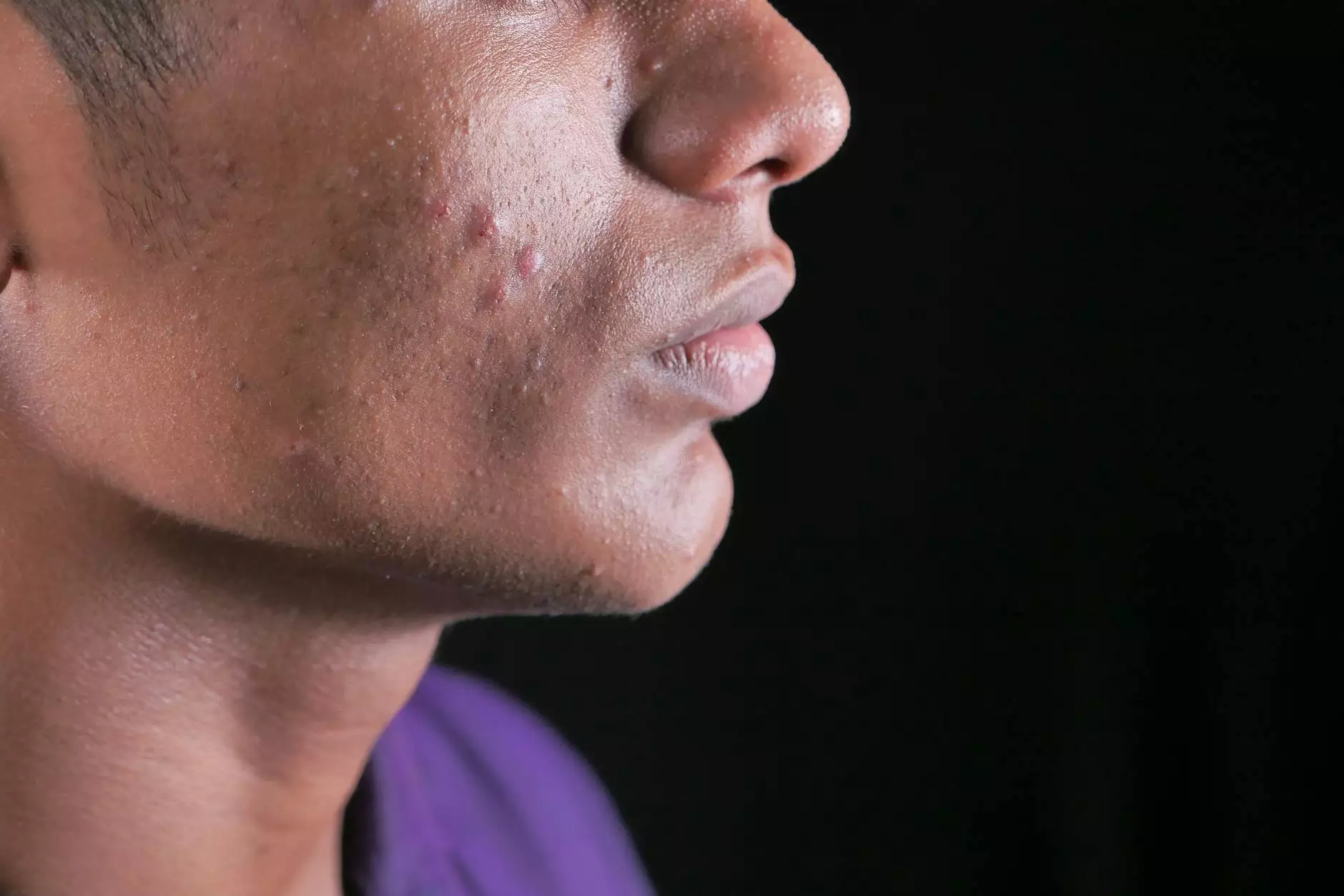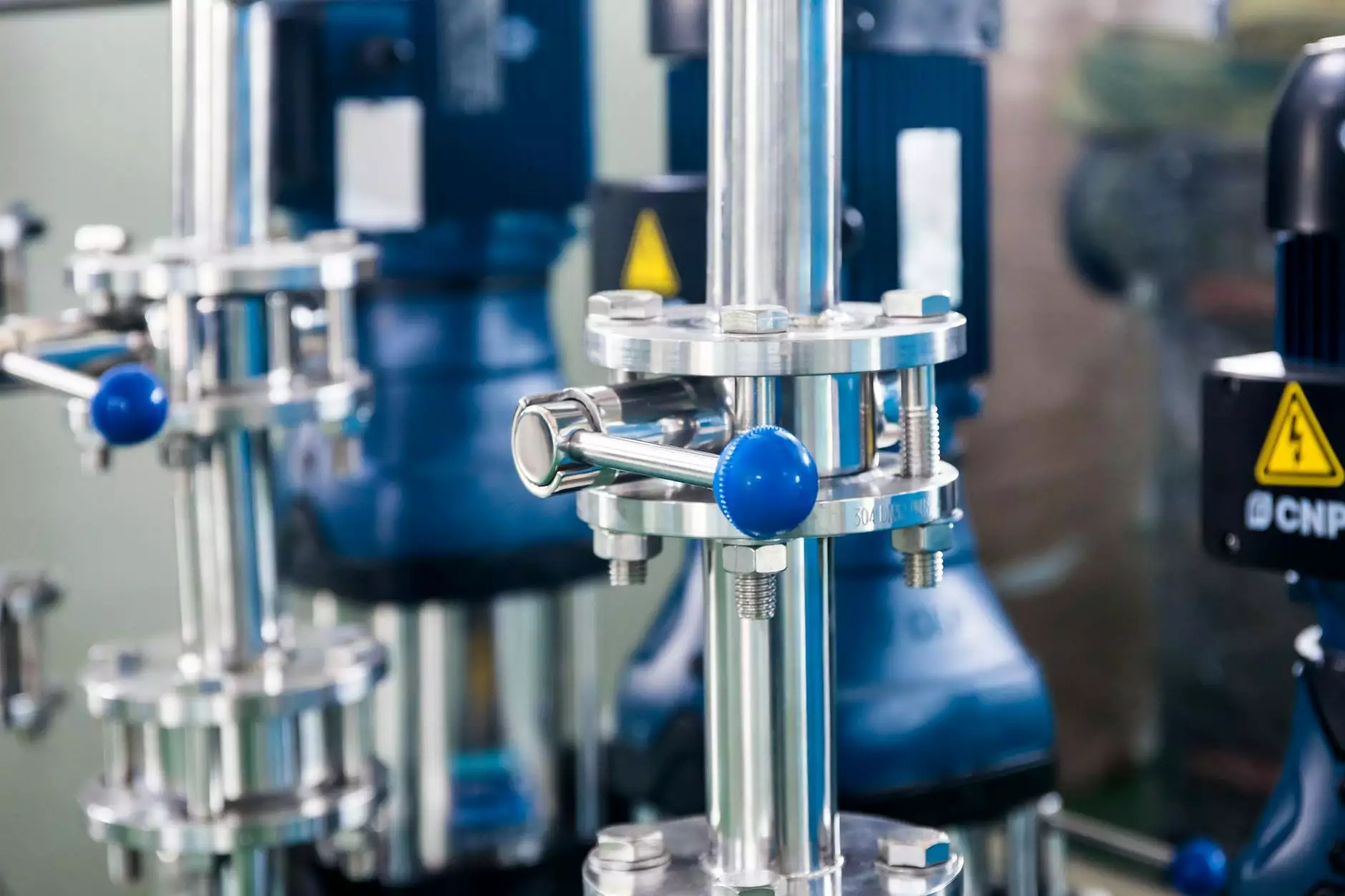Understanding Venous Dermatitis: Causes, Symptoms & Treatment

Venous dermatitis is a common skin condition resulting from compromised venous circulation, often associated with chronic venous insufficiency (CVI). This condition not only affects the aesthetic appearance of the skin but can also lead to discomfort and further complications if left untreated. This article delves into the various aspects of venous dermatitis, including its causes, symptoms, diagnosis, and effective treatment options, ensuring you have a comprehensive understanding of the condition and can advocate for your health effectively.
What is Venous Dermatitis?
Venous dermatitis can be defined as an inflammatory skin condition that occurs when blood pools in the veins, causing high pressure within the venous system. This pressure leads to changes in the skin and surrounding tissues, manifesting as inflammation, discoloration, and in some cases, ulceration of the skin. It is commonly seen in individuals with varicose veins or other underlying venous disorders.
Causes of Venous Dermatitis
The primary factor contributing to venous dermatitis is chronic venous insufficiency. Several contributing factors include:
- Chronic Venous Insufficiency (CVI): A condition where the veins cannot pump enough blood back to the heart, leading to blood pooling in the legs.
- Varicose Veins: Enlarged and swollen veins that can be painful and often lead to venous dermatitis.
- Previous Blood Clots: History of deep vein thrombosis (DVT) can compromise venous health.
- Age: Older adults are more prone to venous issues, increasing the risk of dermatitis.
- Obesity: Excess weight can increase pressure in the veins of the legs, contributing to CVI.
- Pregnancy: Hormonal changes and increased blood volume during pregnancy may lead to CVI and associated skin conditions.
Symptoms of Venous Dermatitis
Identifying venous dermatitis early can help mitigate its effects. The common symptoms include:
- Skin Discoloration: The skin may develop a reddish-brown or dark purple hue, particularly around the ankles.
- Inflammation and Swelling: Swelling in the lower legs and ankles, often accompanied by redness.
- Itching: The affected areas can be itchy, causing discomfort.
- Scaling or Peelimg Skin: The skin may become scaly and peel as the condition progresses.
- Development of Ulcers: In advanced cases, venous ulcers can form, especially if left untreated.
Diagnosis of Venous Dermatitis
To diagnose venous dermatitis, healthcare professionals typically conduct a thorough examination that includes:
- Medical History: Discussion of any past medical condition including previous venous issues, medications, and family history.
- Physical Examination: Inspecting the legs for swelling, discoloration, and any signs of injury or ulceration.
- Doppler Ultrasound: This non-invasive test evaluates blood flow in the veins and can identify underlying venous insufficiency.
Treatment Options for Venous Dermatitis
Treatment for venous dermatitis focuses on managing symptoms, improving venous circulation, and preventing complications. Some effective treatments include:
1. Compression Therapy
Using graduated compression stockings can significantly improve blood flow in the legs, reducing swelling and alleviating symptoms.
2. Topical Treatments
Corticosteroid creams may be prescribed to decrease inflammation and itching. Emollients can also help hydrate the skin, reducing scaling and discomfort.
3. Medications
In cases where infection or severe inflammation occurs, systemic medications may be required to treat these underlying issues.
4. Lifestyle Changes
Incorporating regular exercise, weight management, and a healthy diet can contribute positively to overall venous health. Elevating the legs intermittently throughout the day can also alleviate symptoms.
5. Surgical Options
For severe cases, interventions such as sclerotherapy or vein surgery may be necessary to correct underlying venous dysfunction.
Preventing Venous Dermatitis
Preventive measures are essential for managing and reducing the risk of venous dermatitis. Here are some strategies:
- Manage Weight: Maintaining a healthy weight can reduce pressure on your veins.
- Stay Active: Regular physical activity can improve circulation and strengthen leg muscles.
- Wear Compression Stockings: These can be particularly useful for individuals with known venous insufficiency or varicose veins.
- Regular Leg Elevation: Elevating legs above heart level when resting can aid venous return.
- Avoid Prolonged Sitting or Standing: If your job requires sitting or standing for long periods, consider taking regular breaks to move around.
Conclusion
Understanding venous dermatitis is crucial for anyone affected by chronic venous insufficiency. Early recognition of symptoms, prompt diagnosis, and appropriate treatment can significantly improve quality of life and prevent complications. If you suspect you may have venous dermatitis, consult with a specialist for tailored management strategies.
At Truffles Vein Specialists, we focus on comprehensive vascular medicine practices, ensuring our patients receive the best possible care for their venous health. Don’t let *venous dermatitis* disrupt your life; take proactive steps towards healthy skin and effective circulation.









